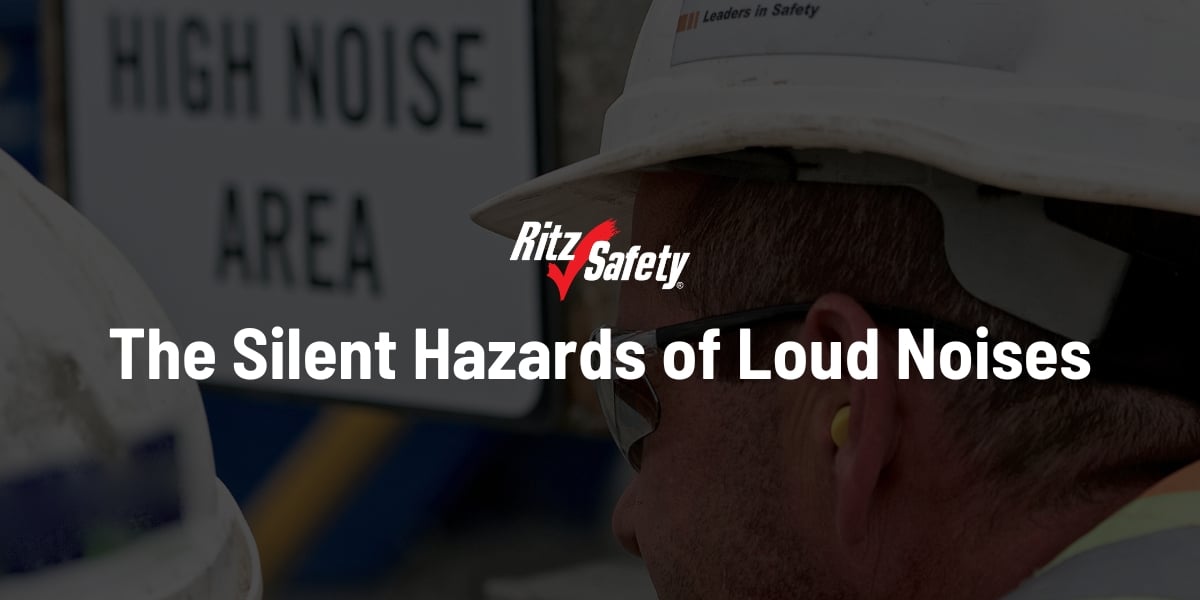
The Silent Hazards of Loud Noises
Do you ever find yourself amidst the thunderous roars of machinery, the constant buzz of activity, or the relentless clatter of tools in your workplace? If so, you're not alone. In industrial settings like facilities, factories, and warehouses, noise isn't just a nuisance—it's a hazard that can silently chip away at your hearing health.
Let's face it: the symphony of clinks, clanks, and clangs may seem like background music to our daily grind, but the truth is, it's anything but harmless. Did you know that according to the Centers for Disease Control and Prevention (CDC), approximately 22 million workers are exposed to hazardous noise levels at work each year in the United States alone? This isn't just a statistic; it's a wake-up call to the real and present danger lurking in our work environments.
So, what exactly are the challenges posed by these relentless decibels? One of the primary hazards is noise-induced hearing loss (NIHL), a gradual but irreversible condition caused by prolonged exposure to high noise levels. According to the Occupational Safety and Health Administration (OSHA), exposure to noise levels exceeding 85 decibels (dB) over an 8-hour workday can lead to NIHL. To put this into perspective, typical industrial equipment such as compressors, grinders, and presses can easily exceed 90 dB, putting workers at significant risk.
But it's not just the intensity of the noise that's concerning; it's also the duration of exposure. Many of us spend long hours in these environments, where the din becomes a constant companion. This chronic exposure can lead to not only hearing loss but also other health issues such as stress, fatigue, and decreased productivity.
Imagine not being able to hear the laughter of your loved ones or the chirping of birds on a peaceful morning—all because of the clamor of our industrial spaces. So, how can we combat this noise and protect our hearing before it’s too late? Here are some tips and product recommendations to help mitigate the risks:
1. Invest in Quality Ear Protection:
Don't skimp on ear protection gear. Invest in high-quality earplugs or earmuffs specifically designed to block out harmful noises while allowing you to communicate and hear essential sounds. These need to be properly fitting and meet industry standards for noise reduction. Comfort and effectiveness go hand in hand when it comes to safeguarding your hearing.
Check out these recommended hearing protection products.
2. Limit Exposure Time:
Whenever possible, limit your exposure to excessively loud noises. Take breaks in quieter areas or rotate job tasks to give your ears a much-needed rest.
3. Utilize Noise-Reducing Equipment:
Look for machinery and tools that are designed with noise reduction features. Modern equipment often comes with sound-dampening technologies that can significantly lower overall noise levels in your work environment.
4. Get Regular Hearing Check-ups:
Don't wait until you notice a problem. Schedule regular check-ups with an audiologist to monitor your hearing health and catch any issues early on. Early detection of hearing issues can prevent further damage and ensure timely intervention.
5. Educate and Advocate:
Knowledge is power. Educate yourself and your colleagues about the risks of noise exposure and the importance of hearing protection. Advocate for workplace policies that prioritize employee well-being, including noise control measures and training programs.
Remember, your hearing health is priceless. By taking proactive steps and embracing a culture of safety, we can create a work environment that not only thrives in productivity but also protects your hearing, ensuring you never miss out on hearing the special moments in life.
Contact us for help finding the hearing protection you need or to help you complete a hazardous noise assessment in your workplace.







